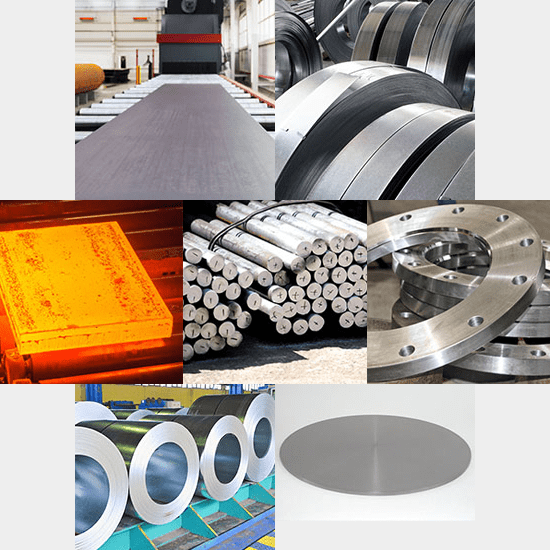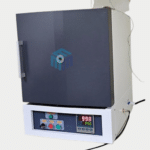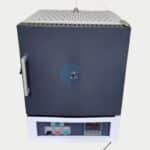Ceramics and refractory metals are pivotal in sputtering processes due to their distinctive characteristics. They serve as essential sputtering targets, facilitating the deposition of thin films tailored to specific requirements across various applications. Here are some significant applications of ceramics and refractory metals in sputtering:
Ceramics:
- Insulating Layers: Ceramic materials like aluminum oxide (Al2O3) and silicon dioxide (SiO2) are employed as sputtering targets for depositing insulating thin films crucial in microelectronics for applications such as capacitor dielectrics and passivation layers.
- Ferroelectric Devices: Lead zirconate titanate (PZT), a ferroelectric ceramic, is utilized as a sputtering target for depositing thin films essential in devices like piezoelectric devices, non-volatile memory, and sensors.
- Piezoelectric Components: Ceramics such as lead zirconate titanate (PZT) and lead magnesium niobate-lead titanate (PMN-PT) serve as sputtering targets, enabling the production of piezoelectric thin films for applications in ultrasound transducers, sensors, and actuators.
- Advanced CMOS Devices: High-k dielectric materials like hafnium oxide (HfO2) and zirconium oxide (ZrO2) are sputtered onto semiconductor substrates, enhancing the performance of advanced CMOS devices by creating gate dielectrics.
Refractory Metals:
- Interlayer Films: Refractory metals like tungsten (W) and molybdenum (Mo) are used as sputtering targets to deposit thin films as interlayer barriers in microelectronics, preventing interdiffusion between different materials in semiconductor devices.
- Copper Diffusion Prevention: Refractory metals such as tantalum (Ta) and tantalum nitride (TaN) are sputtered to create barrier layers between copper and dielectric materials, preventing copper diffusion in advanced semiconductor interconnects.
- Conduction Paths: Tungsten (W) sputtering targets are employed to create conductive lines and vias in microelectronics, ensuring low resistance and high melting points crucial for miniaturized devices.
- Metal Electrodes: Refractory metals like hafnium (Hf) and zirconium (Zr) are utilized as sputtering targets for depositing metal gate electrodes in advanced CMOS transistors.
- Surface Protection: Refractory metals including titanium (Ti) and tantalum (Ta) serve as sputtering targets for creating wear-resistant coatings on cutting tools, bearings, and other mechanical components.
- Optical Enhancements: Refractory metals like tantalum (Ta) and chromium (Cr) are utilized as sputtering targets to produce optical coatings for mirrors, beam splitters, and other optical components.
Both ceramics and refractory metals are selected as sputtering targets based on their distinct electrical, mechanical, and thermal properties, enabling a broad spectrum of applications across microelectronics, optics, materials science, and other industries. These materials facilitate the deposition of thin films with tailored properties, contributing significantly to the advancement of various technologies.
M-Kube Enterprise is an Indian company catering customized laboratory products, laboratory consumables, and laboratory solutions in India, Australia, New Zealand, Singapore, Malaysia, South Korea, USA, Dubai, Philippines, Indonesia, and Vietnam.






